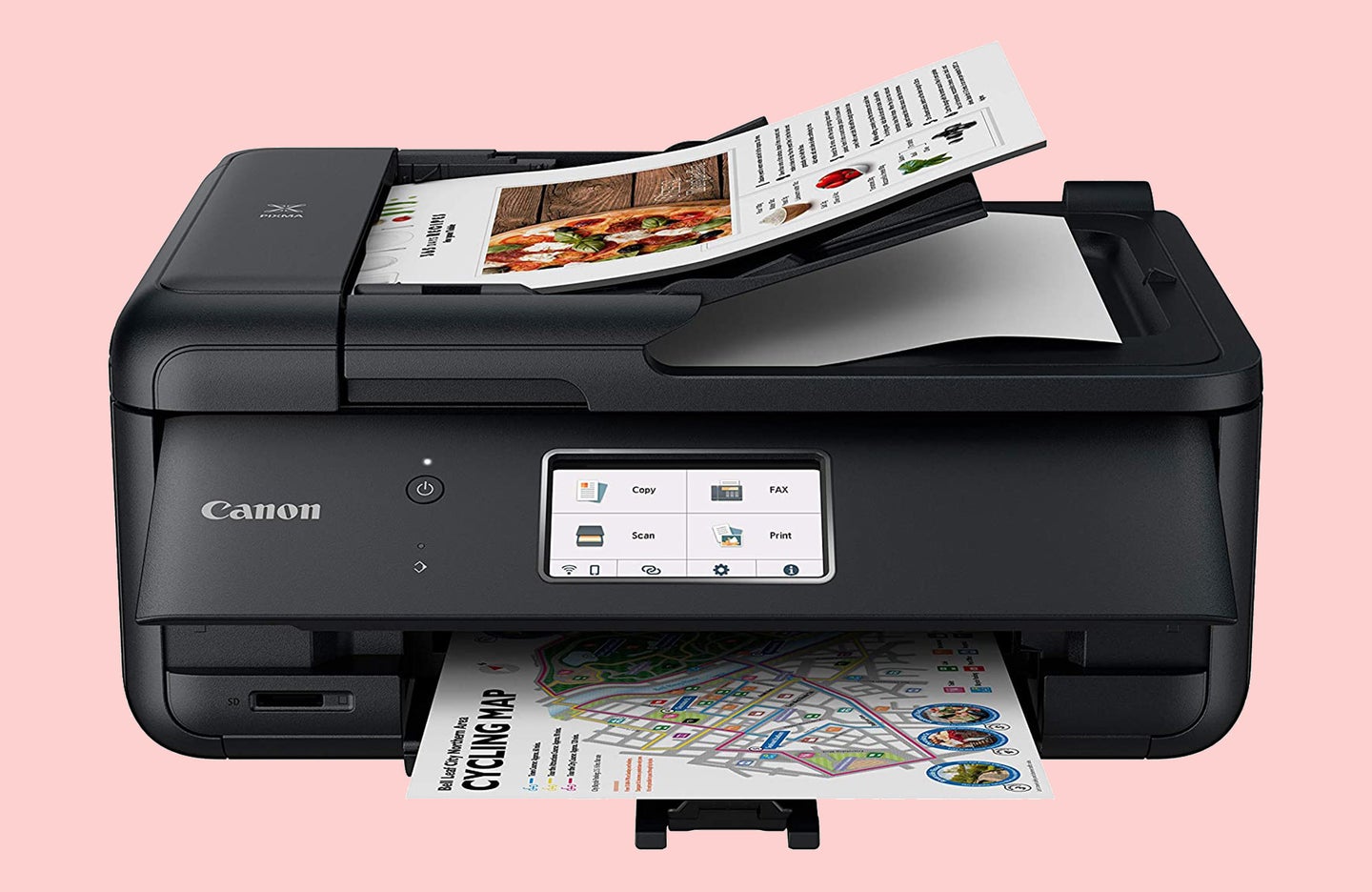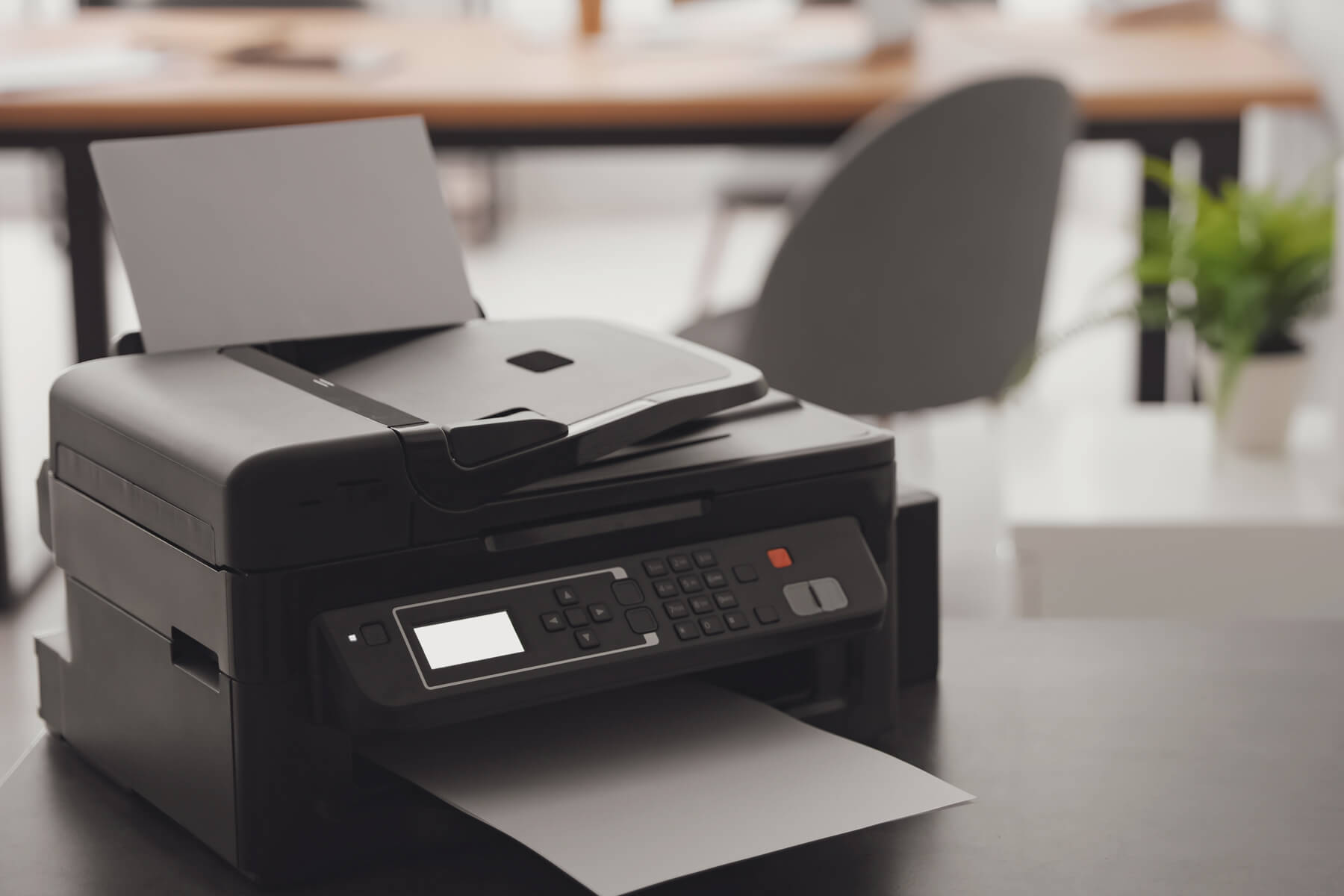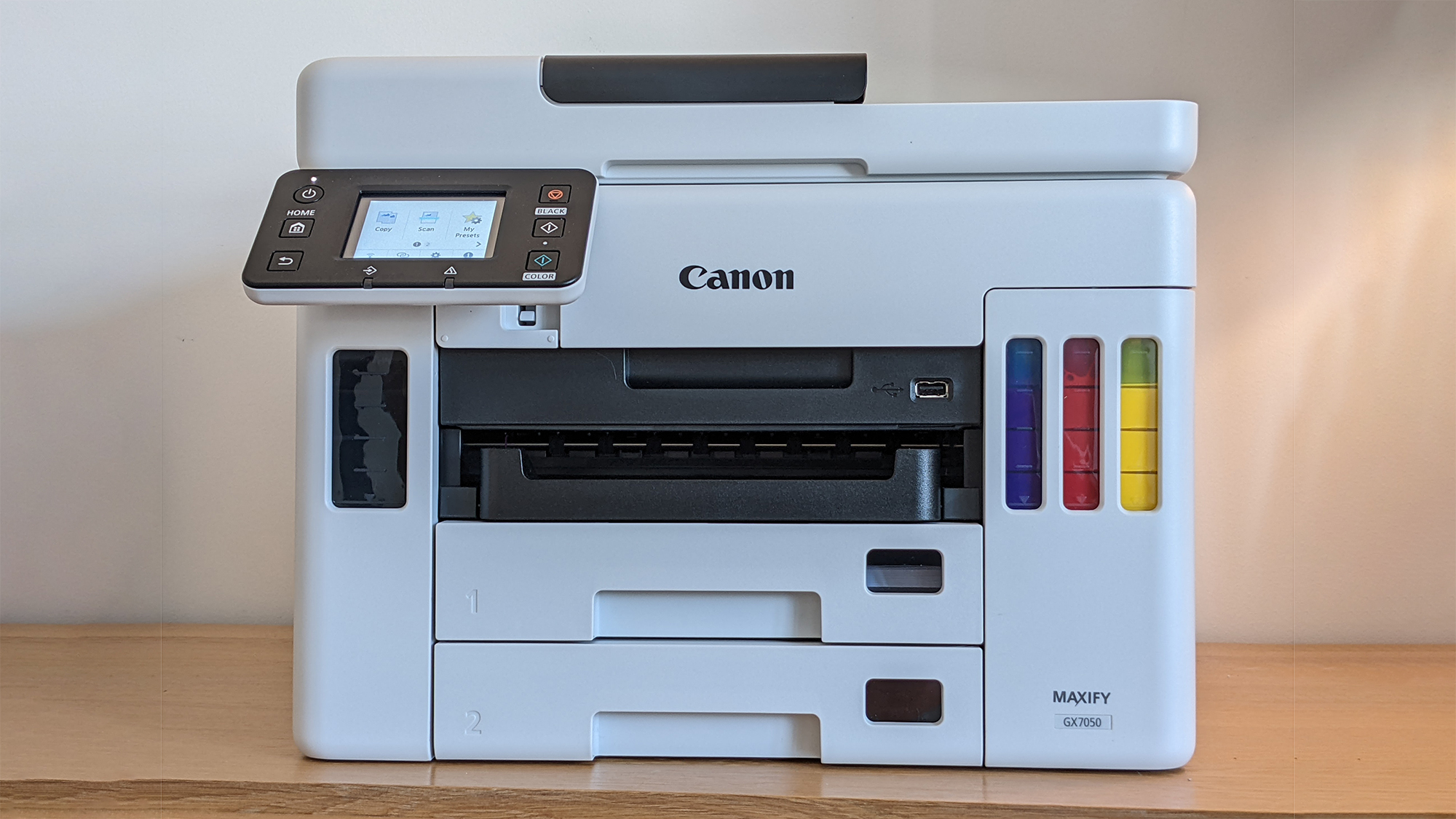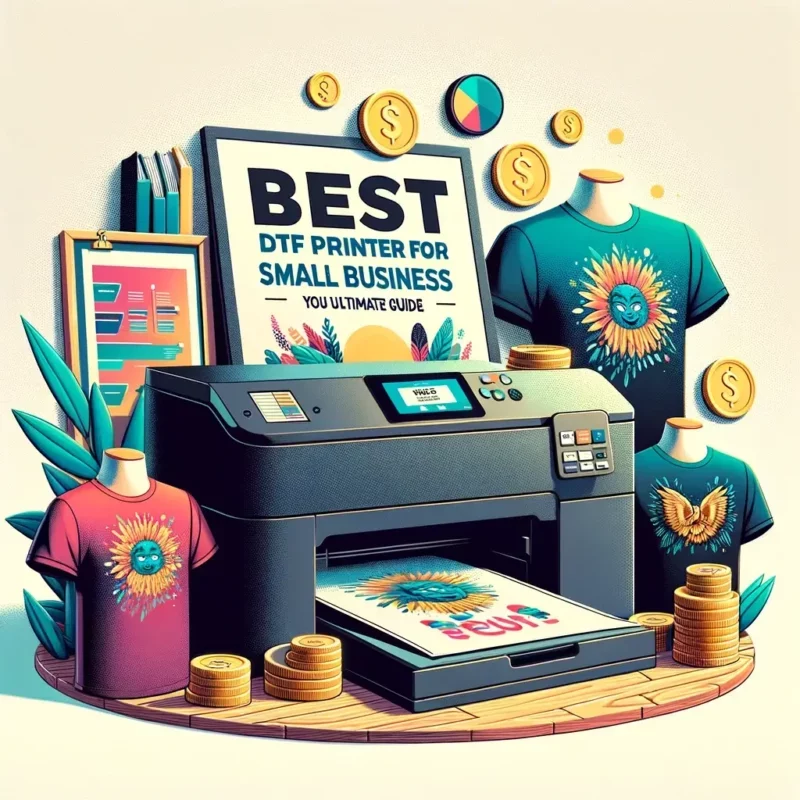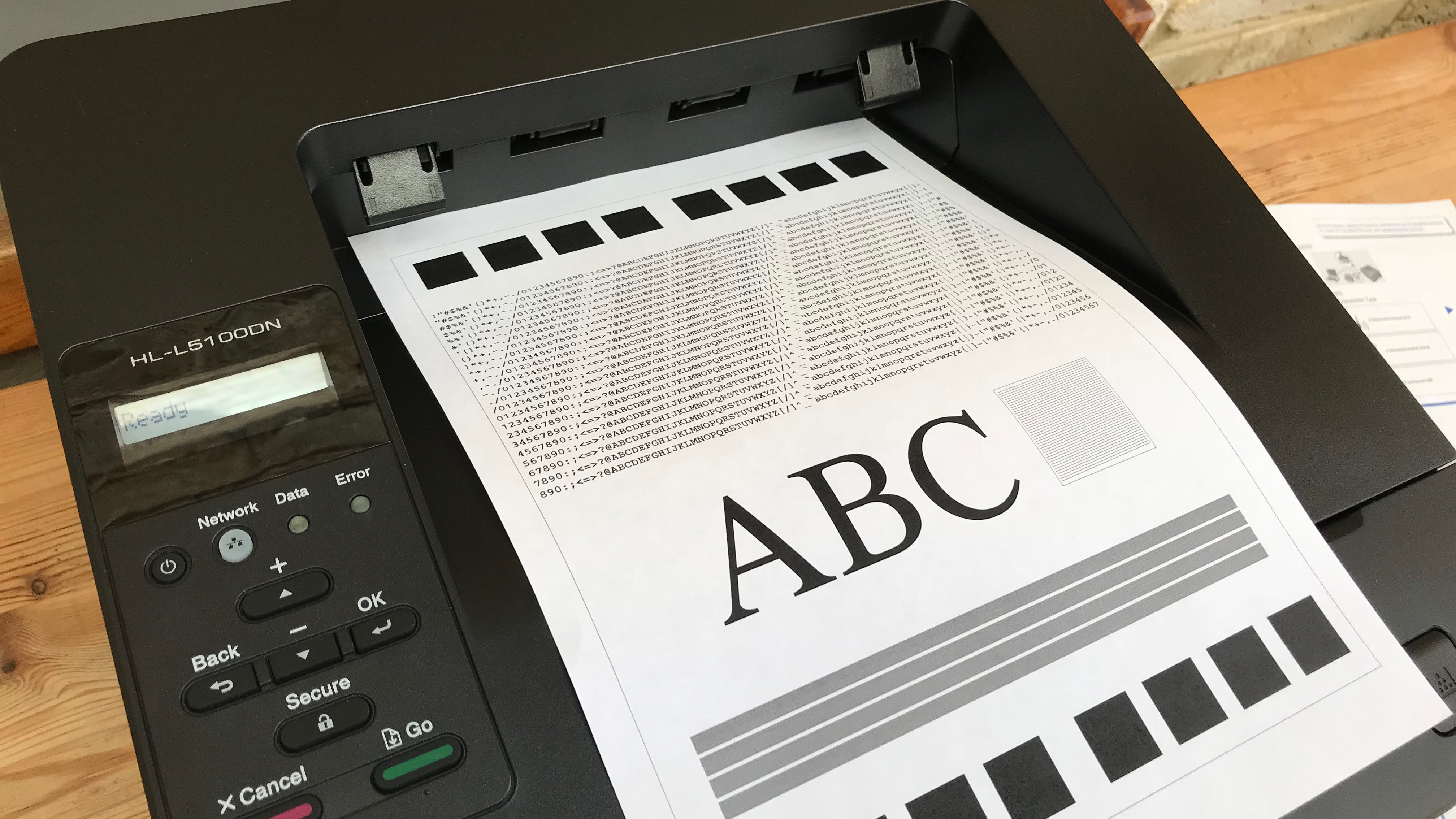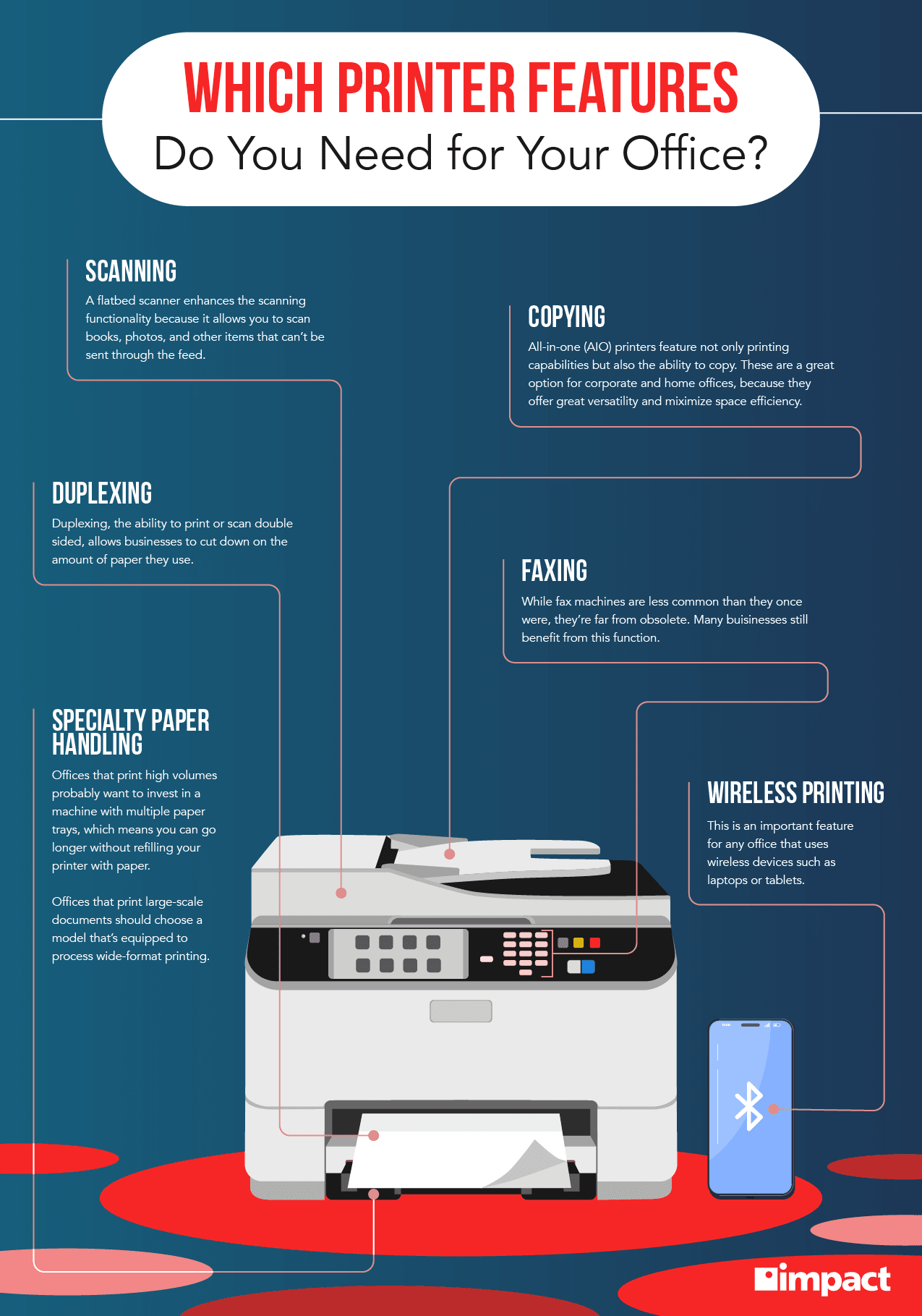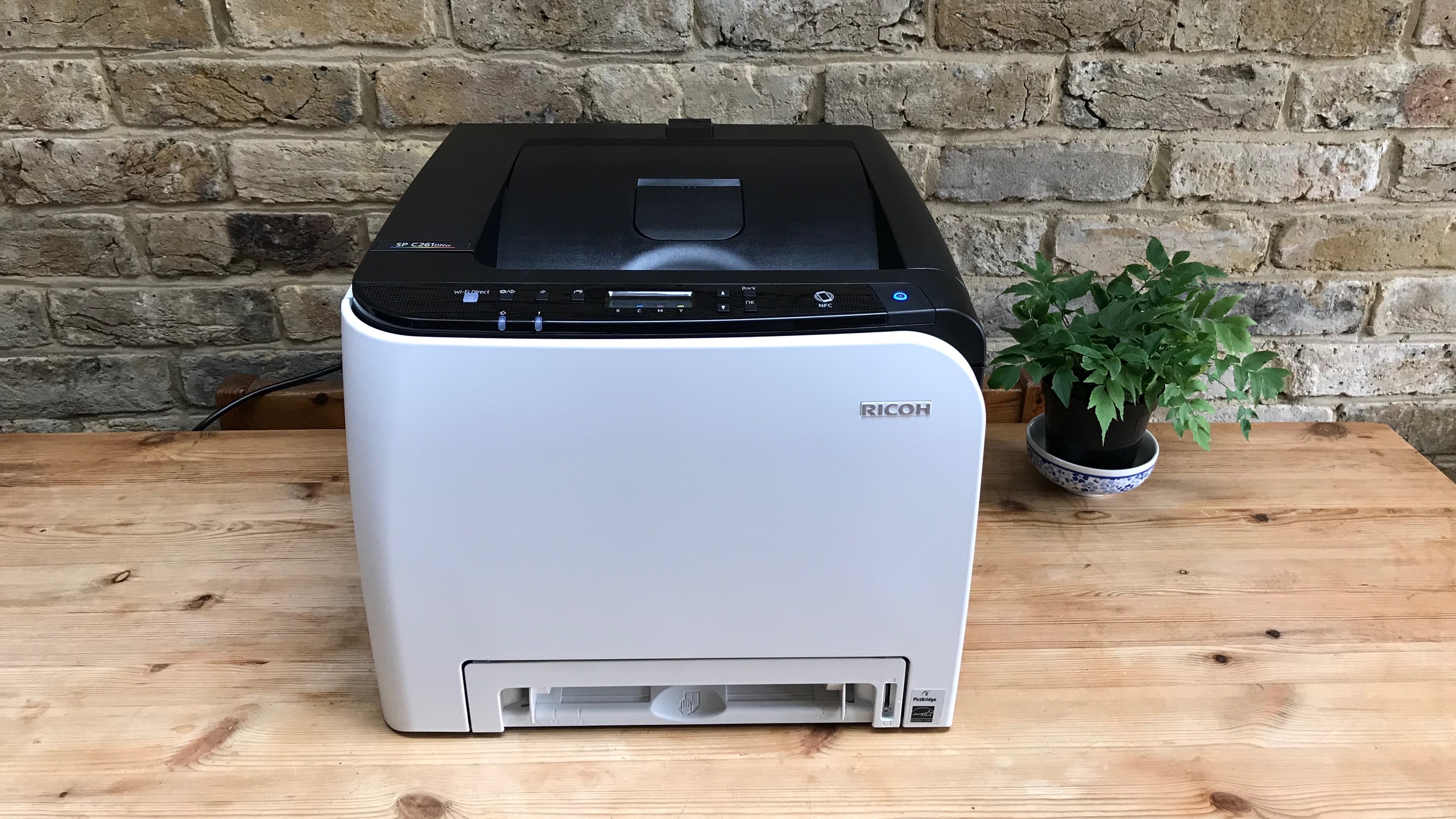Compare Printers For Small Business

For small business owners, selecting the right printer can significantly impact productivity and operational costs. With a plethora of options available, ranging from inkjet to laser printers and all-in-one devices, navigating the market requires careful consideration of various factors. This article will compare key printer types and features to help small businesses make informed decisions.
Understanding Printer Technologies
Two main technologies dominate the printer market: inkjet and laser. Inkjet printers, known for their affordability, use liquid ink sprayed onto paper. They excel at producing vibrant color documents and photos, making them suitable for businesses that require high-quality visuals.
Laser printers, on the other hand, use toner powder and a laser beam to create images. Renowned for their speed and efficiency, particularly with text-heavy documents, they are a preferred choice for businesses with high-volume printing needs.
Key Features to Consider
Beyond the core technology, several features significantly influence a printer's suitability for a small business. Print speed, measured in pages per minute (ppm), determines how quickly a printer can complete a task. Businesses printing large reports or invoices should prioritize models with higher ppm ratings.
Print resolution, measured in dots per inch (dpi), dictates the clarity and detail of printed images and text. Higher dpi values translate to sharper, more professional-looking outputs. Connectivity options such as Wi-Fi, Ethernet, and mobile printing capabilities enhance accessibility and streamline workflows, especially in collaborative work environments.
Paper handling capacity refers to the number of sheets a printer can hold in its input tray. Larger capacities minimize the need for frequent paper refills, saving time and effort. Automatic duplex printing, which allows for printing on both sides of the paper, can significantly reduce paper consumption and costs.
All-in-One (AIO) vs. Single-Function Printers
Small businesses must also decide between all-in-one (AIO) printers and single-function printers. AIO printers combine printing, scanning, copying, and sometimes faxing capabilities into a single device. This integration offers convenience and space-saving benefits, making them a popular choice for small offices with limited space.
Single-function printers, as the name suggests, are dedicated solely to printing. While they lack the versatility of AIOs, they often excel in print quality and speed within their specific function.
Cost Analysis: Upfront vs. Running Costs
While the initial purchase price is an important consideration, small businesses should also factor in the long-term running costs of a printer. Ink or toner cartridge prices and yields (the number of pages a cartridge can print) significantly impact the overall cost per page. Laser printers typically have higher upfront costs but lower per-page costs compared to inkjet printers, making them more cost-effective for high-volume printing.
Energy consumption is another factor to consider, particularly for businesses concerned about environmental impact and energy bills. Energy Star-certified printers are designed to consume less power, reducing both environmental footprint and operating expenses.
Real-World Examples and Considerations
For a small law firm primarily printing legal documents, a monochrome laser printer with high speed and duplex printing capabilities would be a practical choice. A design agency, on the other hand, would benefit from an inkjet printer with high color accuracy and photo printing capabilities. Ultimately, the best printer for a small business depends on its specific needs and budget.
"Choosing the right printer can be a game-changer for small businesses," says John Miller, an IT consultant specializing in small business solutions. "It's not just about the upfront cost, but also about efficiency, reliability, and long-term cost savings."
Conclusion
Selecting the right printer involves carefully evaluating the technology, features, and costs associated with different models. By understanding the specific needs of their business and weighing the pros and cons of various options, small business owners can make an informed decision that enhances productivity and minimizes operational expenses. This careful evaluation will lead to a printing solution that effectively supports their business goals.
